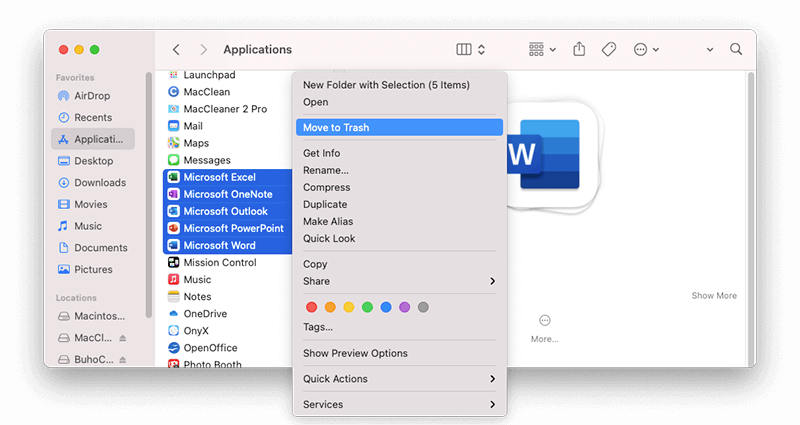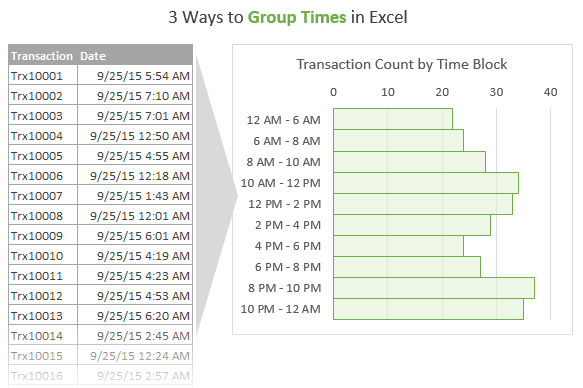

If number is not an integer, it is truncated.Ĭopy the example data in the following table, and paste it in cell A1 of a new Excel worksheet. The nonnegative number for which you want the factorial. The FACT function syntax has the following arguments:

The factorial of a number is equal to 1*2*3*.* number. This article describes the formula syntax and usage of the FACT function in Microsoft Excel. To calculate the factorial of a number, use the FACT function. In general, use a factorial to count the number of ways in which a group of distinct items can be arranged (also called permutations). In this example, you are calculating the factorial of six.

Let's say you have six bells, each with a different tone, and you want to find the number of unique sequences in which each bell can be rung once. On the Home tab, under Format, click Normal.Excel for Microsoft 365 Excel for Microsoft 365 for Mac Excel for the web Excel 2021 Excel 2021 for Mac Excel 2019 Excel 2019 for Mac Excel 2016 Excel 2016 for Mac Excel 2013 Excel 2010 Excel 2007 Excel for Mac 2011 Excel Starter 2010 More. On the Home tab, under Format, point to any style, and then click. The built-in styles in Excel cannot cover every formatting need, but it is easy to create a special dramatic style that is appropriate for a total that is past due, or a friendly one for a household chore list. To see more styles, point to a style, and then click. On the Home tab, under Format, click the style that you want. You can delete built-in and custom styles from the list of available styles for a specific workbook. On the Home tab, select Cell Styles, and then select Normal. Select a cell that is formatted with the style that you want to remove. Hold down CONTROL, click the style that you want to change, and then click Modify. However, you can change it back to the original formatting. There is no undo command for changing a cell style. In the Modify Cell Style dialog box, under Style Property, select or clear the check boxes to choose the style formatting, and then click OK.Ĭhanging a cell style affects all cells that have that style and are in the workbook where you change the style. Hold down CONTROL, click the style that you want, and then click Duplicate. In the New Cell Style dialog box, under Style Property, select or clear the check boxes to choose the style formatting, and then click OK.Ĭreate a custom cell style based on an existing style In the Style name box, type a name for the new style.Ĭlick each tab, select the formatting that you want, and then click OK. On the Home tab, click Cell Styles, and then click New Cell Style. The built-in styles in Excel can't cover every formatting need, but it is easy to create a special dramatic style that is appropriate for a total that is past due, or a friendly one for a household chore list. On the Home tab, click Cell Styles, and then select the style that you want. Select the cells that you want to format.


 0 kommentar(er)
0 kommentar(er)
